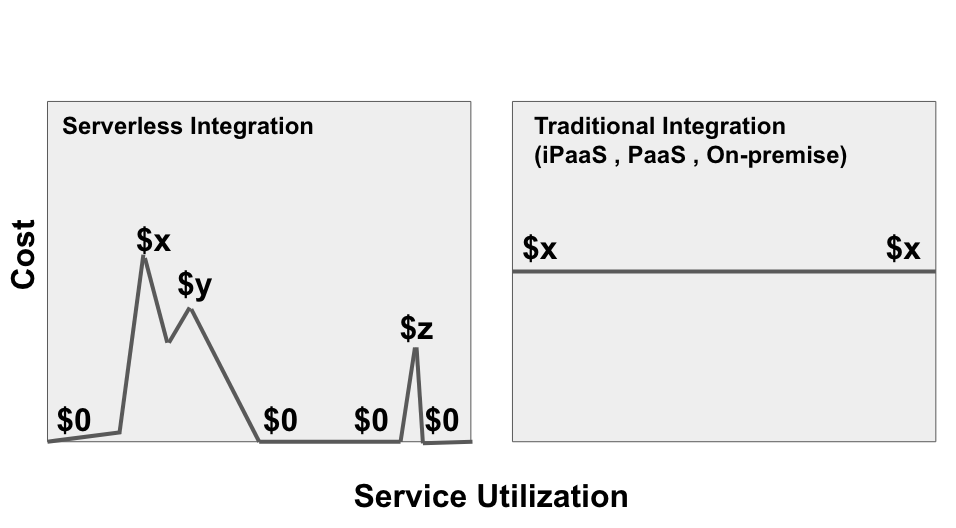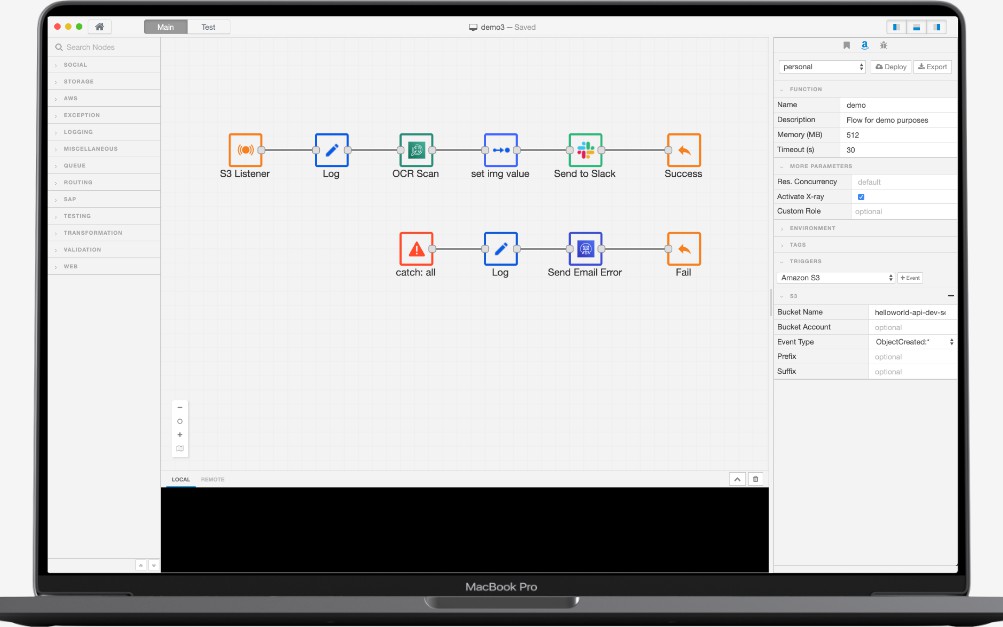By now, you may have noticed the trend in IT to reduce the size of existing things (projects, teams, releases, hardware, services). It seems like yesterday when we were talking about the need to break the monolith into microservices and we are already talking about encapsulating your logic into functions.
Given the simplicity and economic appeal of FaaS (Function as a Service) offerings, it seems like a natural move to see the world of integration begin to shift toward a new serverless model and start to enjoy its benefits like autoscaling, no infrastructure management, and pay-per-use billing.

Salient Features of Serverless Integration
Infrastructure Ready_ — No need to provision or manage servers. _
Scalability_ — S_ervices will automatically scale to support the rate of the incoming request.
Cost-Efficient — Leverage the subsecond metering of your cloud provider to reduce cost. Pay only for integration services only when they run.
Kumologica is one of the early players in this space which is bringing the benefits of the traditional low-code integration platforms to the new world of FaaS_. _It provides drag and drops visual designer and low code approach to ensure the greatest speed and flexibility to support a wide range of integrations compatible with most of the platforms and cloud providers.
Introducing Kumologica
Kumologica consists of two parts:
- **Kumologica designer **— A low-code environment where developers can create API Integration flows by arranging and connecting visually (drag-and-drop) several pre-packaged nodes. It also allows developers to test and deploy API integration flows into the cloud directly without having to go to the terminal or cloud console for anything
#aws #mulesoft #microservice #lambda
